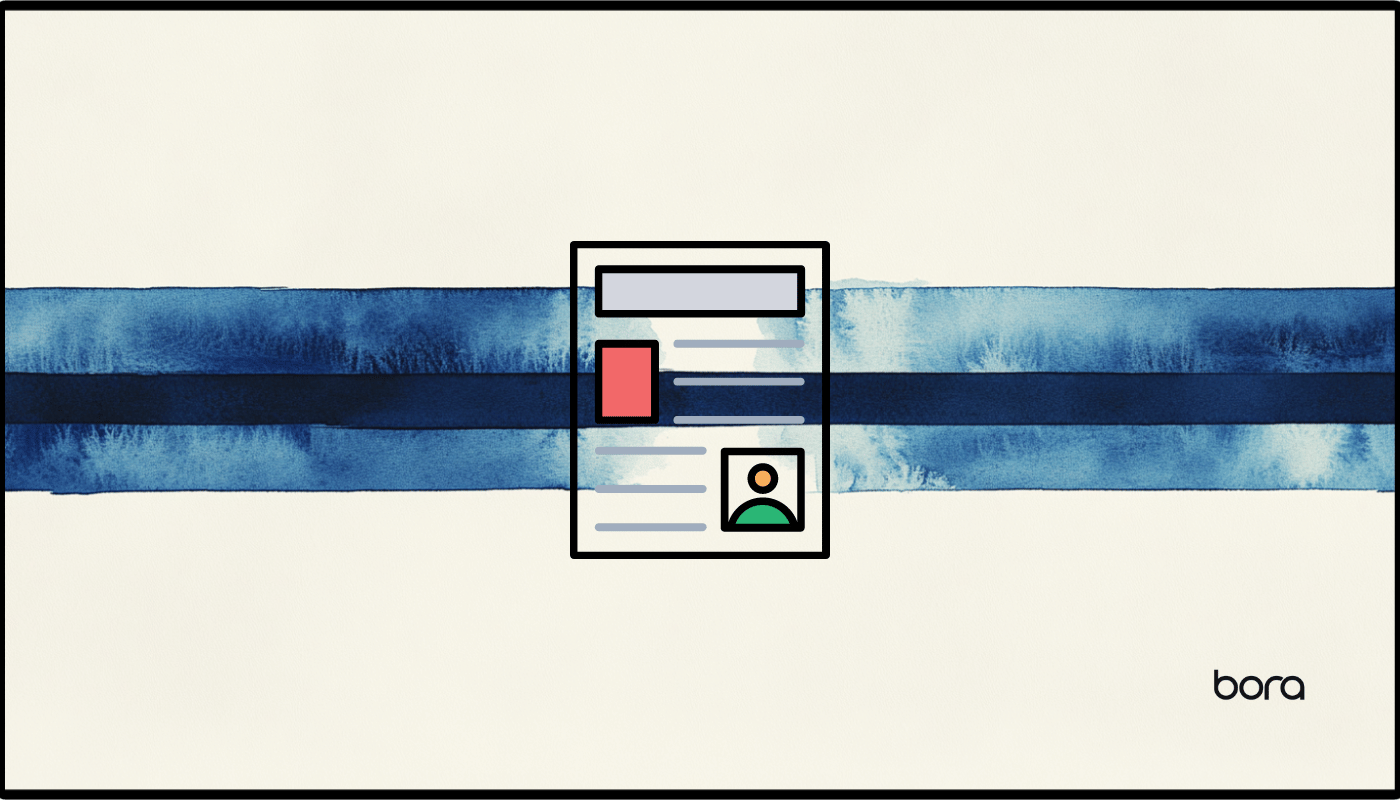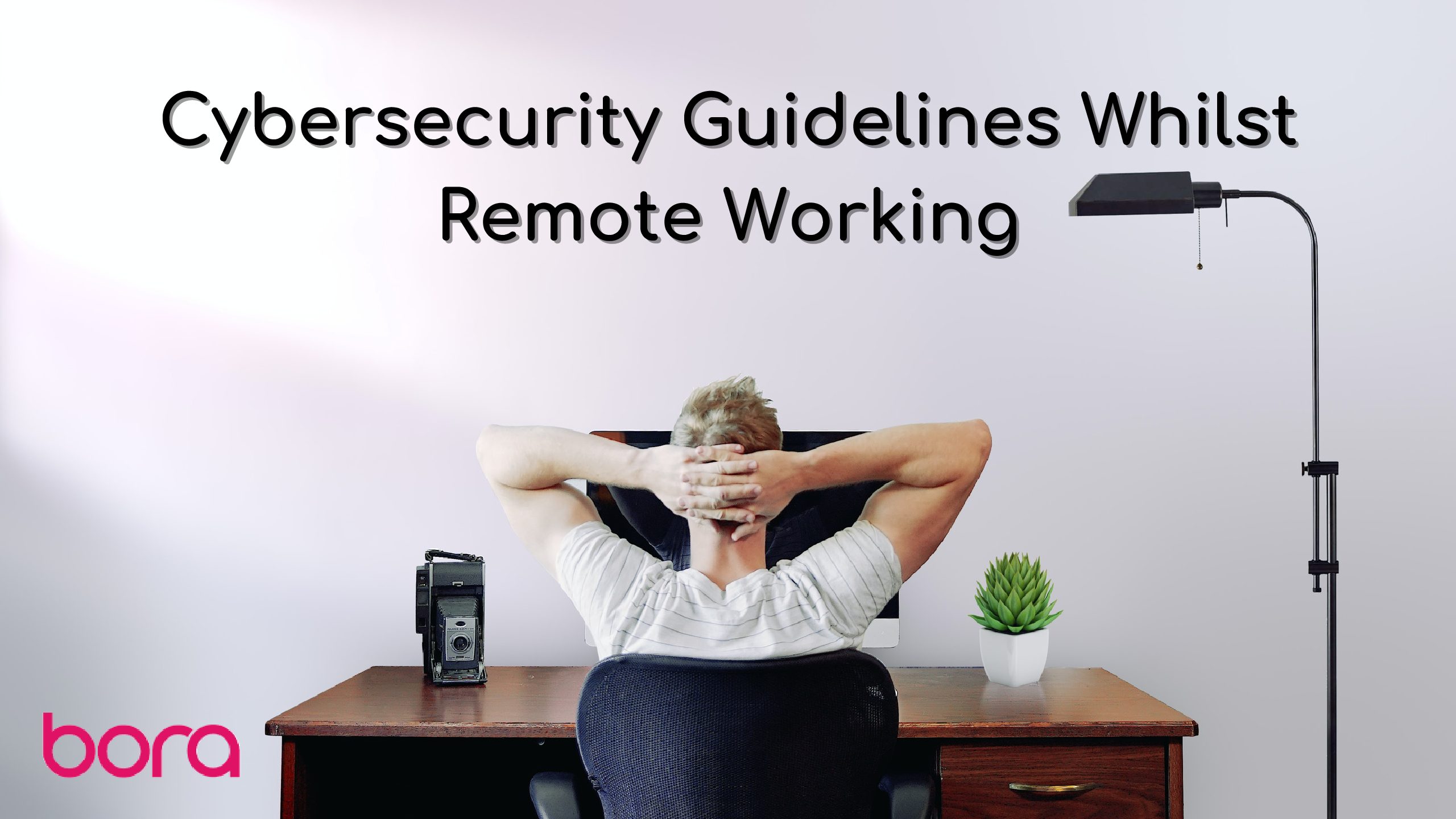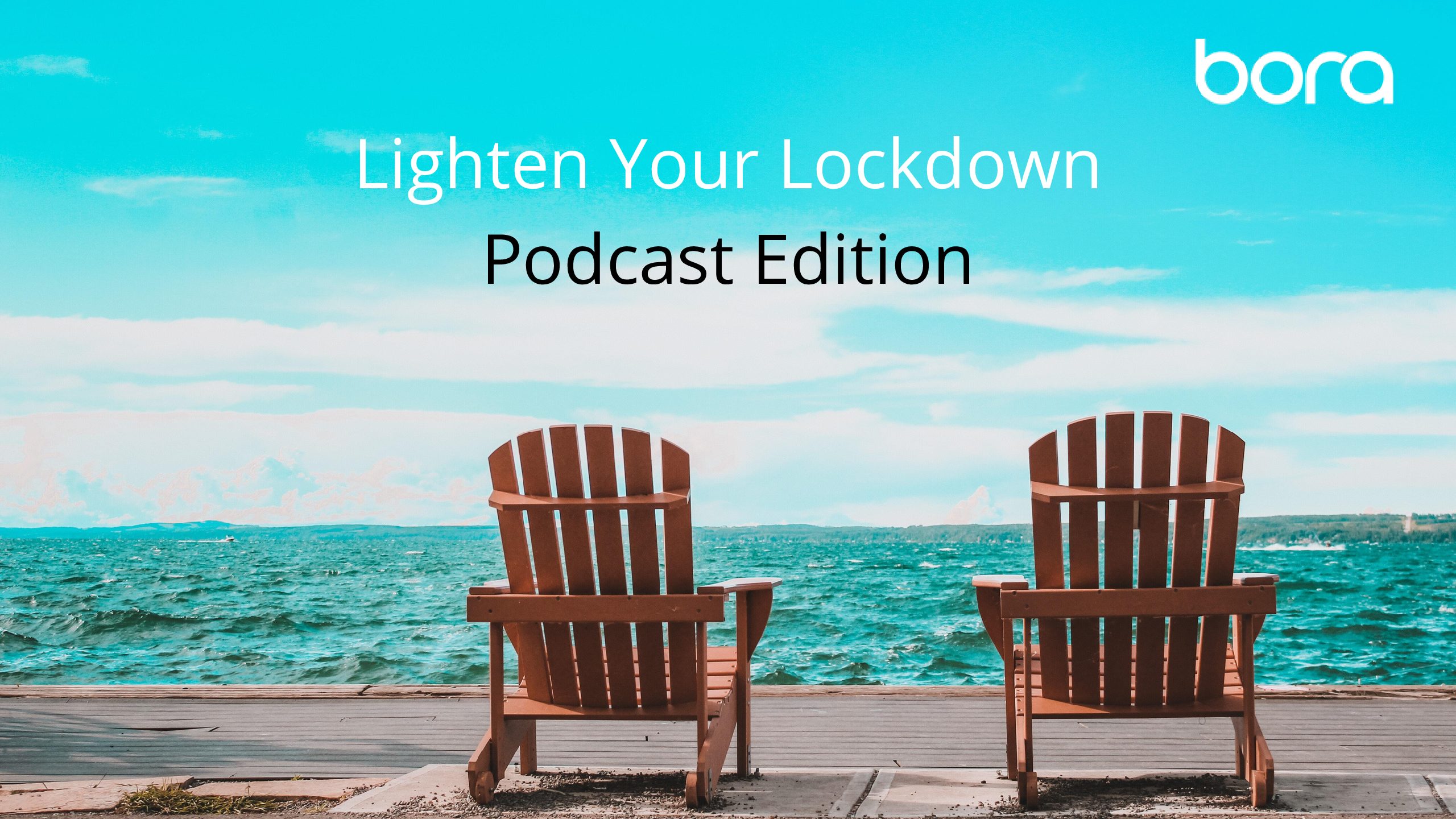How to Start a Cybersecurity Newsletter for Your Organization
Modern cybersecurity businesses face many marketing challenges. Spreading security awareness, informing audiences about cyber threats, and educating potential customers on the benefits of their product or service can be difficult. Companies are tackling this issue in many ways: podcasts, cybersecurity newsAbout Cybersecurity News Cybersecurity news encompasses a broad range of information. It includes current events, as well as advice about protecting computers, networks, programs, and data from unauthorized access, attacks,... More sites, blogs… The list goes on. These solutions have unique pros and cons, and it is unlikely to surprise a skilled marketing professional (such as yourself) that the best way of capturing the audience’s attention is by mixing these media types.
Why Start a Cybersecurity Newsletter?
There is, however, a type of content I like better than most: newsletters. MailChimp succinctly describes a newsletter as “An email that businesses send out to a list of newsletter subscribers.” And although that’s correct, I believe newsletters deserve a little more than that. Compact yet stacked with information, newsletters usually come in the form of a periodic email detailing your journey, successes, advice, and/or other important content you have published in the meantime. They combine the professionalism of an email with the immediate benefit of a social media post. According to Statista, there are over 4.3 Billion email users; that’s a whole lot of people you could be reaching! And I hear you asking: “But how do I create an original cybersecurity newsletter? What is a Cybersecurity NewsletterWhat is a Cybersecurity Newsletter?A cybersecurity newsletter is a specialized digital publication designed to keep its readers informed about the latest developments, trends, and threats in the realm of cybersecurity.... More? A cybersecurity newsletter is a specialized digital publication designed to keep its readers informed about the latest developments, trends, and threats in the realm of cybersecurity…. that doesn’t just copy the best ones out there?” Don’t be dismayed because, as luck would have it, that’s what we’re here to discuss today!
Steps to Follow When Starting a Cybersecurity Newsletter
Find Inspiration
The best way to get started on your cybersecurity newsletter is to look for inspiration. Remember, you don’t have to create something entirely original. And that’s okay – there is a reason why some newsletters do better than others, and if this is the first newsletter you are managing, chances are you’re better off starting with a template of sorts. To begin creating the template, simply get examples of some well-known cybersecurity newsletters (such as The State of Security by Tripwire) and make a list of commonalities across the list. Do they all use engaging and enjoyable titles that entice you to click through? Write it down. Maybe there is an overarching structure to how they are created. If so, create a basic structure that leverages the successful parts and uses those. You get the gist.
Develop Your Own Style
But this is not to say the best work you can do is copying someone else’s work to the last detail – while it’s nice to have a solid foundation for your upcoming crown jewel of newsletters, you also need to find a way of making it yours. For some writers, it might be a specific tone of voice they employ. Others may focus on a specific cybersecurity topic, like phishingWhat is Phishing? Phishing is a type of cyberattack in which attackers send fraudulent communications, or direct people to counterfeit websites in order to trick those individuals into revealing sensitive... More, cybersecurity awareness, or malwareWhat is Malware? Malware, a portmanteau of "malicious software," constitutes a broad category of software specifically designed to infiltrate, damage, or disrupt computer systems, networks, and devices without the user's... More. And some people are simply funny. Consider what you can add that you are passionate about, and half of the battle is won before it begins. For example, if you’re an expert on data breaches, you could dedicate part of your newsletter to deep dives into some of the most famous instances. In our newsletter, we always add one of our recent accomplishments and a tip for those who dabble in the mysterious art of B2B cybersecurity marketing.
Find Your Audience
Now you know what you want your newsletter to look like, you need to find your audience. Who are you trying to market your product to? What type of content do they typically consume? Are they looking for cybersecurity news, interested in protecting themselves from scams, or want to learn about emerging vulnerabilities?
Usually, the best way to reach your desired audience is to create content that relates to your product—selling security awareness training? Create a security awareness newsletter or write about the latest social engineeringWhat is Social Engineering? Social engineering is a manipulative tactic cybercriminals use to deceive individuals into divulging confidential information or performing actions that compromise security. Unlike technical attacks, which exploit... More tactics. If you’re a multi-factor authenticationWhat is Authentication? Authentication is the process by which the identity of a user or system is verified. It ensures that the entity attempting to access a resource is who... More provider, focus on authentication and other security policies. Are you selling an anti-ransomware solution? Write about the latest ransomwareWhat is Ransomware? Ransomware is a type of cyberattack in which the attacker infects a computer with malicious software that encrypts the victim's data. The computer usually becomes locked, presenting... More news.
Choose the Right Platforms
You’ll also need to choose a platform to help you create, advertise, and distribute your newsletter. Platforms like Substack, Mailchimp, ConvertKit, or Revue can help you create, distribute, and evaluate your newsletters. They offer newsletter templates, easy-to-manage mailing lists, and digestible evaluation metrics. Similarly, you should look to tools like Grammarly for proofreading, Canva for creating graphics, and Google Trends or Feedly for finding content inspiration.
Build Your Subscriber List
Perhaps the most important step in creating a cybersecurity newsletter is building your subscriber list. Having a newsletter is great, but what’s the point if no one reads it? You’ll need to advertise your newsletter on social media and forums, perhaps offering a valuable freebie to convince people to subscribe. If you conduct other marketing efforts – such as webinars or podcasts – it’s worth mentioning your newsletter wherever possible. Try to collaborate with popular cybercrime or cybersecurity influencers who would be willing to share and promote your newsletter.
Avoiding Obstacles to the Success of Your Newsletter
Now that you have both acquired some time-tested practices and added your unique selling point, it’s time to discuss some of the newsletter habits you shouldn’t be taking over.
- Don’t mistake a newsletter for a love letter. Unlike the intimate correspondence with your fated paramour, a newsletter is usually not supposed to be very long – many of the more successful cybersecurity newsletters actually only contain a couple of sentences for each piece or topic they are discussing and then let you find out more by clicking through to the dedicated articles. The issue with long newsletters is that an average person only spends about 2 minutes on it before they start losing attention. With this in mind, you should also organize your content by descending priority to make sure the most important news receives the most coverage.
- Bring something to the table. People trust you with their contact details and time by subscribing to your newsletter, so you need to provide something of value to them if you want them to stay for the long haul. Overtly promotional newsletters tend to have a more challenging time keeping your audience genuinely interested.
- Be consistent and keep your word. Your newsletter is a contract between you and your audience, so always try your best to deliver what you promised when they agreed to subscribe. This pertains to publishing dates, content, and even the tone of the newsletter. What message are you sending to your subscribers if you can’t maintain consistency in your public-facing assets?
If you found this blog post explaining how to start a cybersecurity newsletter for your organization helpful, you can find many more informative articles in our back catalog here.




